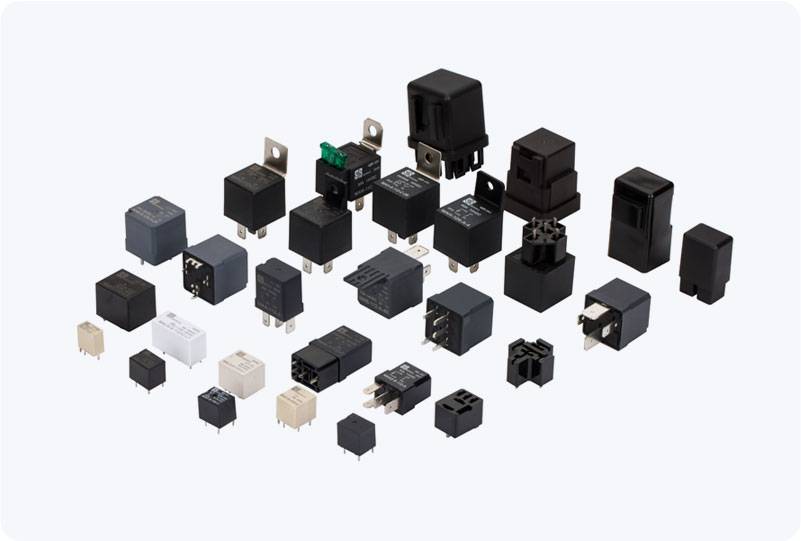A Leakage Current Relay (LCR) is a crucial safety component in electrical systems, designed to detect and respond to abnormal leakage currents that could lead to dangerous situations such as electric shock or fires. As electrical equipment becomes more complex and integrated into various environments, ensuring safety from electrical hazards becomes increasingly important. This article explores the principles, functions, applications, and types of leakage current relays, highlighting their significance in modern electrical systems.

What is a Leakage Current Relay? A leakage current relay is an electrical protection device that monitors the current flowing through an electrical circuit to detect any leakage or deviation from the normal flow. It works by continuously measuring the current difference between the live (active) and neutral conductors of a circuit. In a balanced circuit, the current flowing into the load should equal the current flowing back. If there is an imbalance, it often indicates that some of the current is escaping through an unintended path, such as a ground fault. When the leakage current exceeds a predetermined threshold, the relay activates, cutting off the power supply to prevent potential hazards.
Leave a Reply